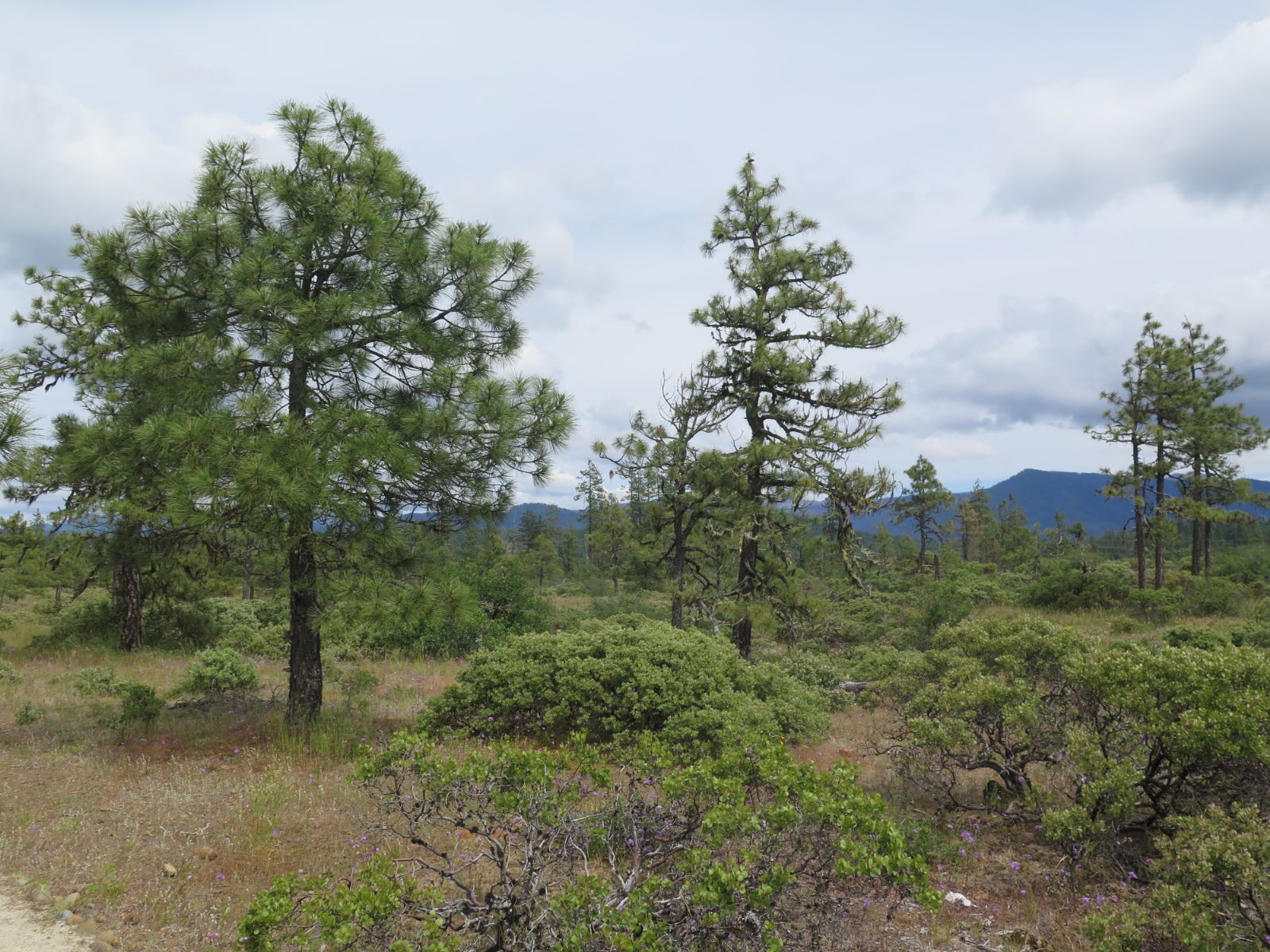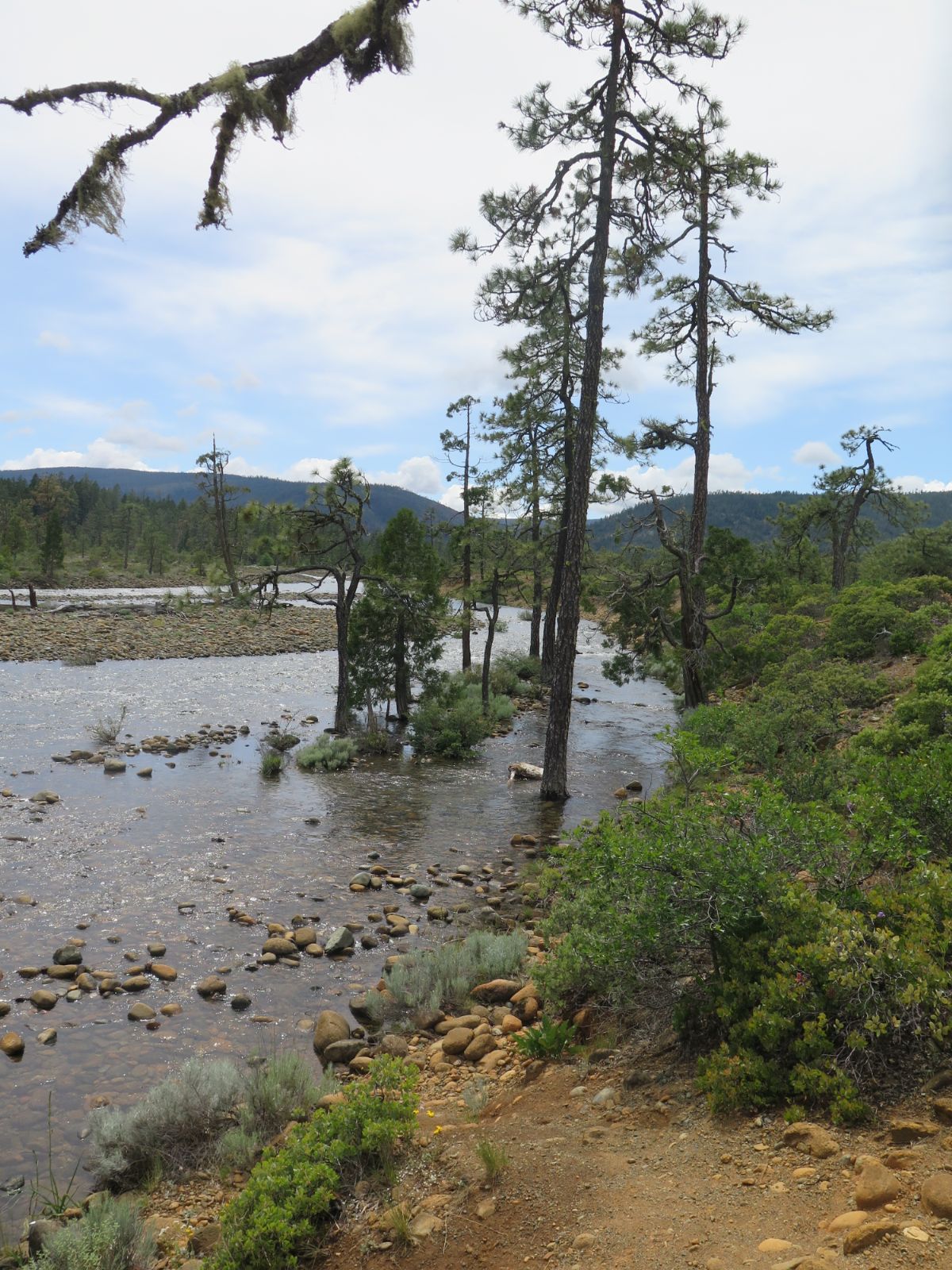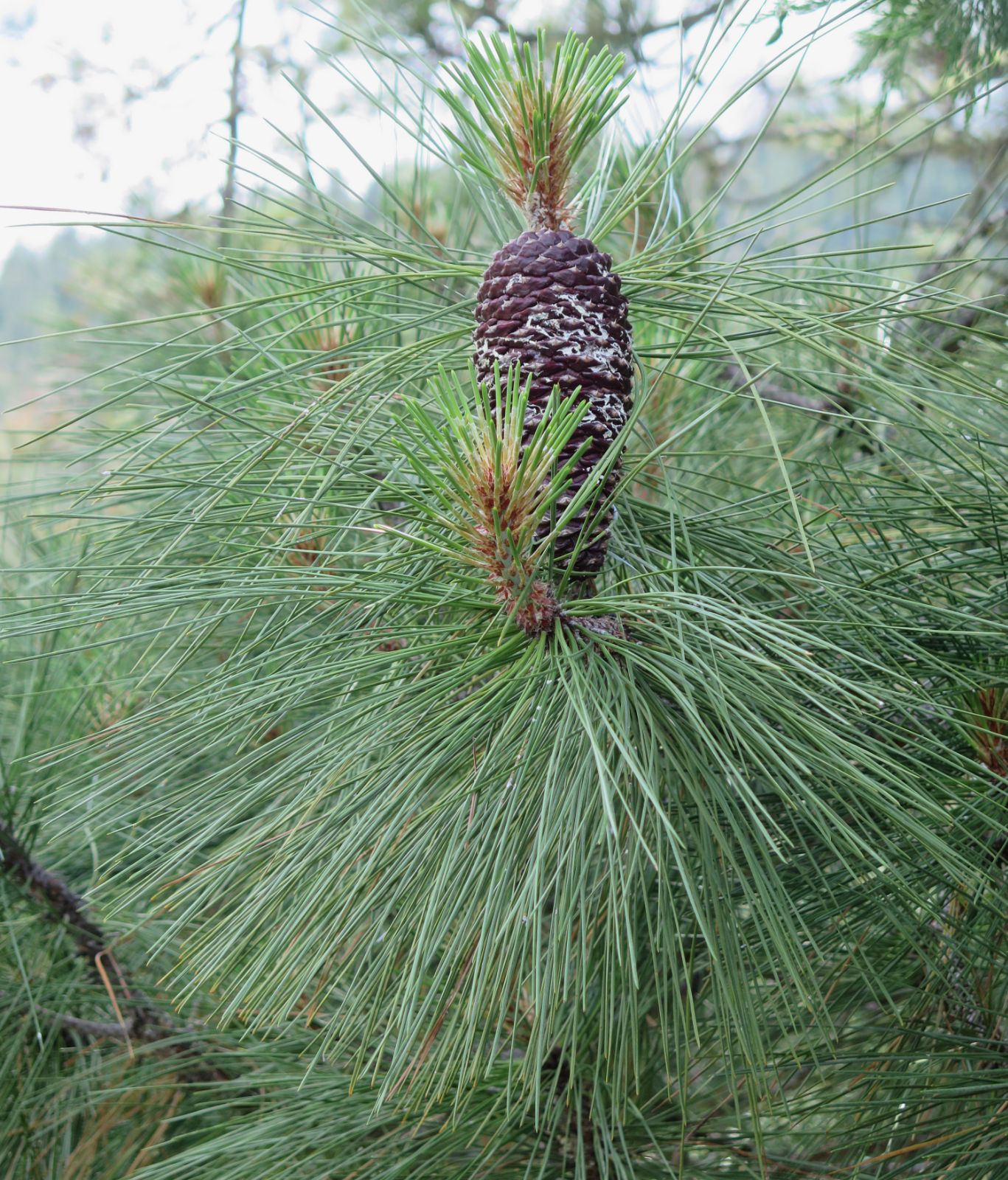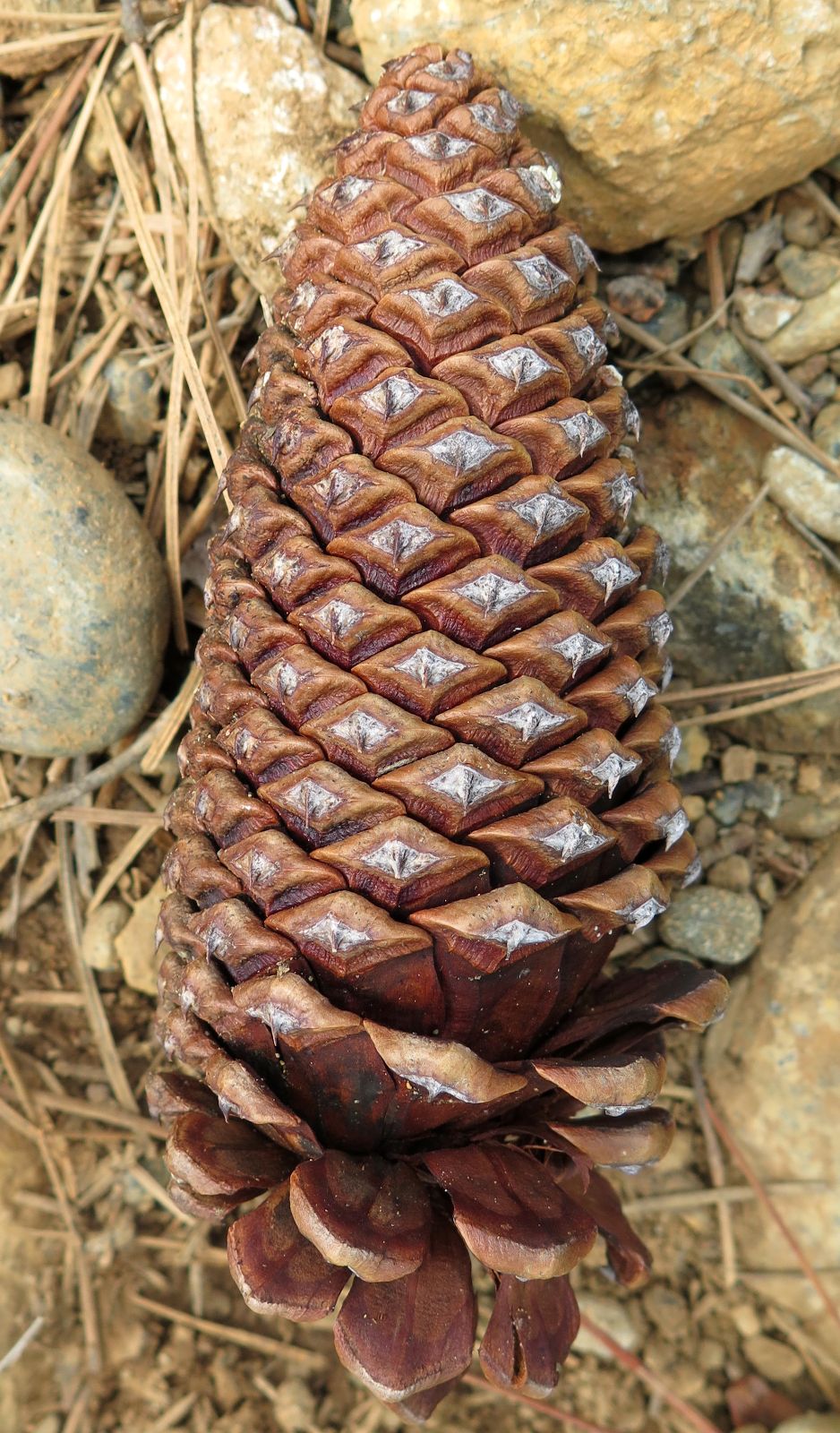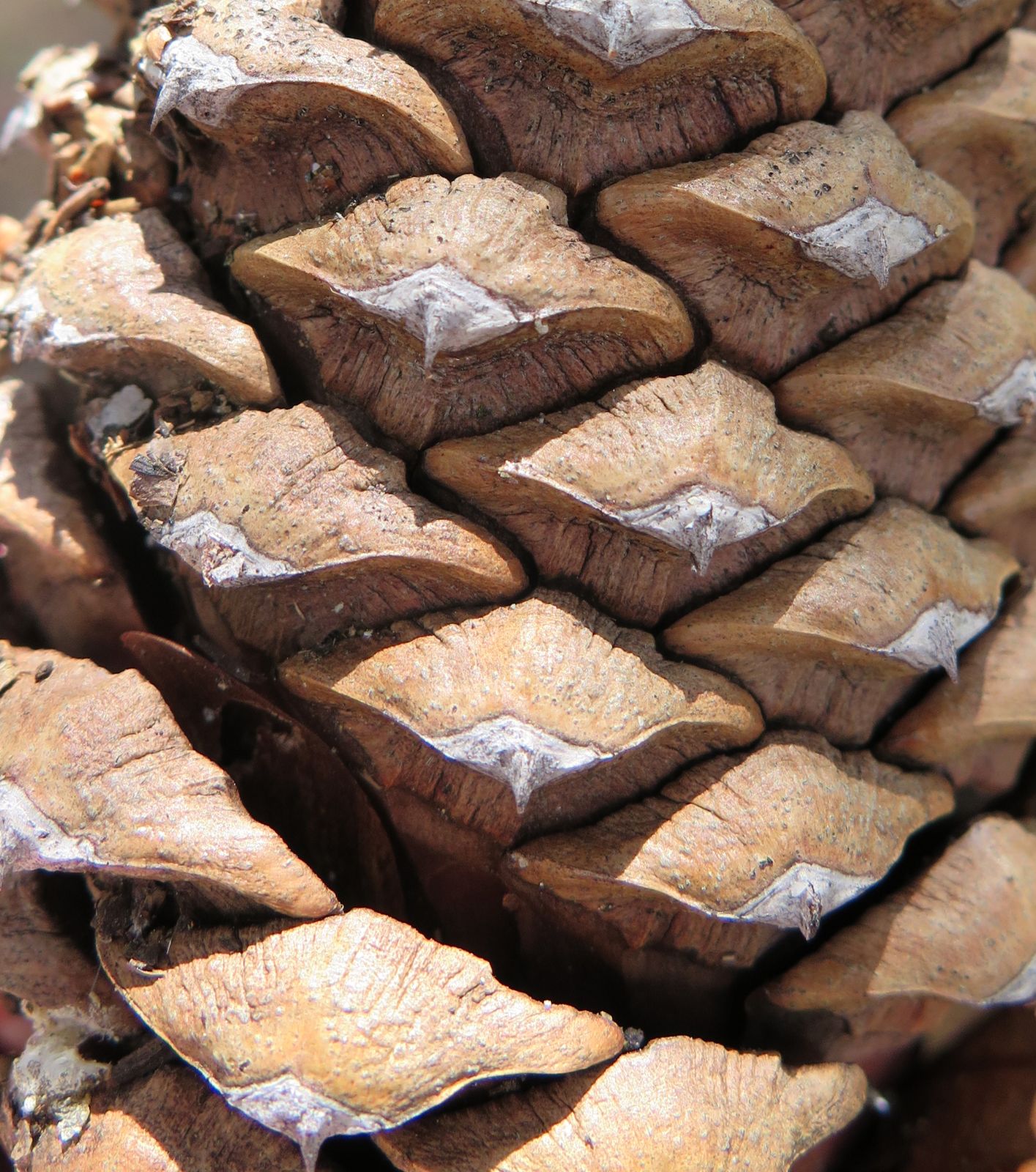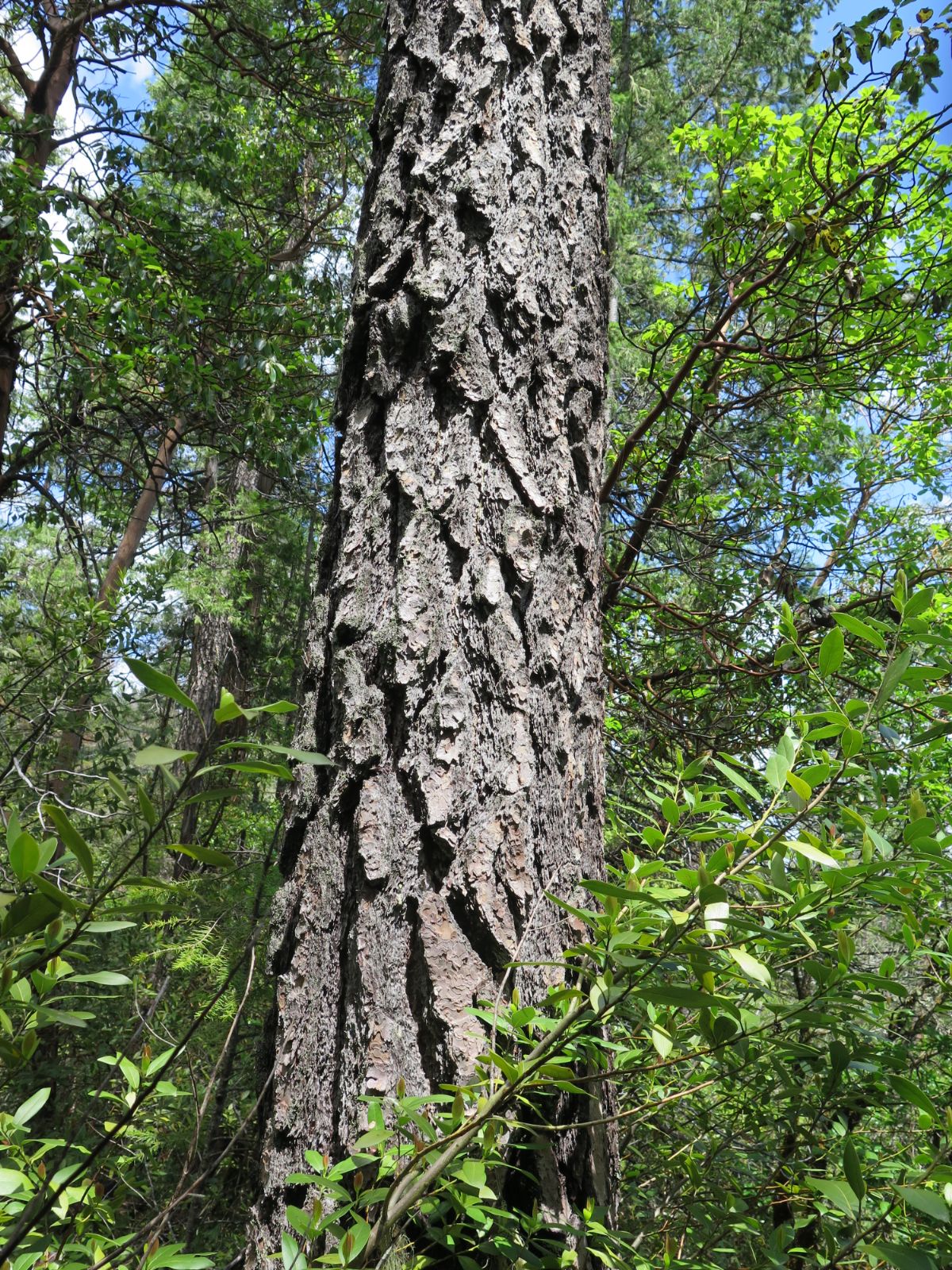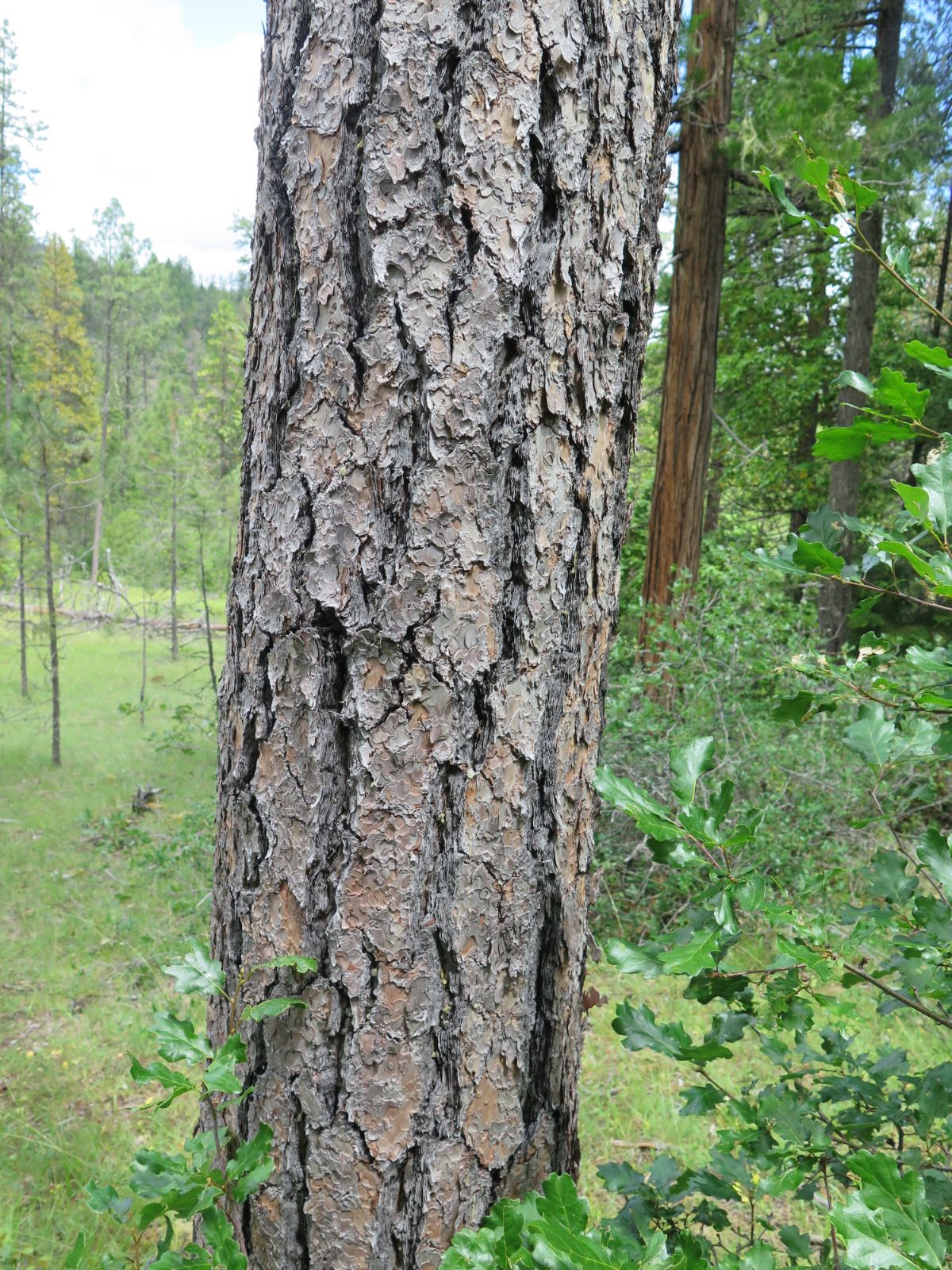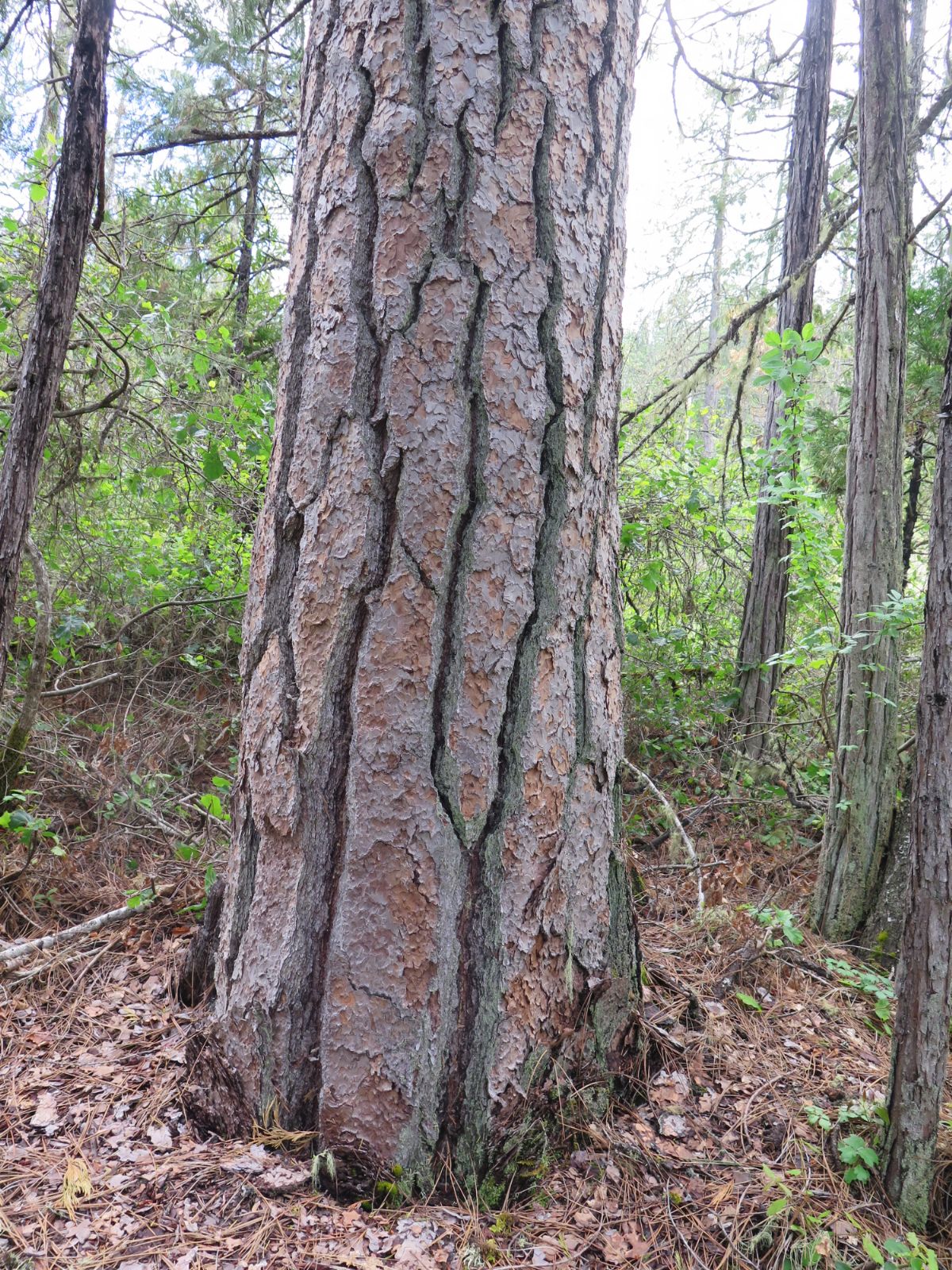Pinus jeffreyi
Credits
Article from Bean's Trees and Shrubs Hardy in the British Isles
Recommended citation
'Pinus jeffreyi' from the website Trees and Shrubs Online (treesandshrubsonline.
Other taxa in genus
- Pinus albicaulis
- Pinus arizonica
- Pinus armandii
- Pinus attenuata
- Pinus ayacahuite
- Pinus balfouriana
- Pinus banksiana
- Pinus bhutanica
- Pinus brutia
- Pinus bungeana
- Pinus canariensis
- Pinus cembra
- Pinus cembroides
- Pinus chiapensis
- Pinus contorta
- Pinus coulteri
- Pinus culminicola
- Pinus densata
- Pinus densiflora
- Pinus devoniana
- Pinus durangensis
- Pinus echinata
- Pinus edulis
- Pinus elliottii
- Pinus engelmannii
- Pinus eremitana
- Pinus flexilis
- Pinus gerardiana
- Pinus greggii
- Pinus × hakkodensis
- Pinus halepensis
- Pinus hartwegii
- Pinus heldreichii
- Pinus henryi
- Pinus × holfordiana
- Pinus hwangshanensis
- Pinus johannis
- Pinus koraiensis
- Pinus lambertiana
- Pinus leiophylla
- Pinus longaeva
- Pinus massoniana
- Pinus maximartinezii
- Pinus monophylla
- Pinus montezumae
- Pinus monticola
- Pinus morrisonicola
- Pinus mugo
- Pinus muricata
- Pinus nelsonii
- Pinus nigra
- Pinus oocarpa
- Pinus orizabensis
- Pinus palustris
- Pinus parviflora
- Pinus patula
- Pinus peuce
- Pinus pinaster
- Pinus pinceana
- Pinus pinea
- Pinus ponderosa
- Pinus pseudostrobus
- Pinus pumila
- Pinus pungens
- Pinus quadrifolia
- Pinus radiata
- Pinus remota
- Pinus resinosa
- Pinus rigida
- Pinus roxburghii
- Pinus sabiniana
- Pinus serotina
- Pinus sibirica
- Pinus strobiformis
- Pinus strobus
- Pinus sylvestris
- Pinus tabuliformis
- Pinus taeda
- Pinus taiwanensis
- Pinus teocote
- Pinus thunbergii
- Pinus torreyana
- Pinus virginiana
- Pinus wallichiana
- Pinus wangii
- Pinus yunnanensis
A lofty tree said to attain 200 ft in the wild, but more commonly 100 to 130 ft, with a narrow crown and a dark, fissured bark; young shoots stout, greyish, with a pruinose bloom; buds only slightly resinous, with scales free at the tip. Leaves in bundles of three, 5 to 10 in. long, bluish green, persisting five to eight years, giving off a fruity scent when bruised; sheath persistent. Cones 3 to 8 in. long (sometimes to 10 in.), oblong-ovoid; scales each with a slender decurved prickle. Seeds about 1⁄2 in. long, wing up to 13⁄4 in. long. Bot. Mag., t. 8257.
Native mainly of California in the Sierra Nevada and Siskiyous, but also occurring in S. Oregon, W. Nevada, and in the Mexican state of Baja California; discovered by Jeffrey in 1852 when collecting for the Oregon Association and introduced by him at the same time. P. jeffreyi is closely allied to P. ponderosa and at one time it was usual to regard it as a variety of that species. But recent investigations have shown that it is a distinct and stable species, differing from P. ponderosa in the chemical composition of the resin, the darker bark, less resinous buds with scales free at the tip, the colour of the young shoots and the leaves, in the usually larger cones with recurved prickles, and the heavier seeds. But the two species are very similar in their wood. In areas where both are present, P. jeffreyi, being more frost-resistant when young, tends to predominate in frost hollows and exposed ridges, while P. ponderosa prefers the slopes.
The most notable tree of P. jeffreyi grows at Scone Palace, Perth; planted in 1860 it measures 118 × 121⁄2 ft (1970). Others are: Peper Harrow, Elstead, Surrey, 95 × 11 ft (1971); Hampton Park, Puttenham, Surrey, 90 × 10 ft and 75 × 101⁄2 ft (1969); Warnham Court, Sussex, 92 × 71⁄4 ft (1963); Eastnor Castle, Heref., 82 × 91⁄2 ft (1970); Gordon Castle, Moray, 89 × 73⁄4 ft (1970). In Eire, there is a splendid tree at Powerscourt, Co. Wicklow, pl. 1866, measuring 116 × 103⁄4 ft (1966).
P. jeffreyi makes a very ornamental specimen when young, densely leafy and of narrow habit, as is well shown by a tree growing in a front garden in Holdfast Lane near Haslemere. It was planted in 1935 and measures 55 × 43⁄4 ft (1964).
From the Supplement (Vol. V)
specimens: Knap Hill Nursery, Surrey, 70 × 91⁄2 ft (1983); Peper Harrow, Elstead, Surrey, 95 × 11 ft (1971); Hampton Park, Puttenham, Surrey, 99 × 11 ft, the second tree mentioned is now broken and only 46 × 111⁄2 ft (1984); Warnham Court, Sussex, 102 × 81⁄2 ft (1983); Stratfield Saye, Hants, 68 × 73⁄4 ft (1982); Eastnor Castle, Heref., 88 × 73⁄4 ft (1984) and 79 × 91⁄2 ft (1977); Rossie Priory, Perths., 128 × 10 ft (1985); Scone Palace, Perth, pl. 1860, 135 × 131⁄4 ft (1981); Castle Menzies, Perths., 70 × 83⁄4 ft (1983); Gordon Castle, Moray, 88 × 8 ft (1980); Powerscourt, Co. Wicklow, Eire, the tree pl. 1866 has not been remeasured but another of unrecorded planting date is 60 × 71⁄2 ft (1978).
The tree in Holdfast Lane, Haslemere, mentioned in the last paragraph (page 226), pl. 1935, is 60 × 71⁄2 ft (1978).

